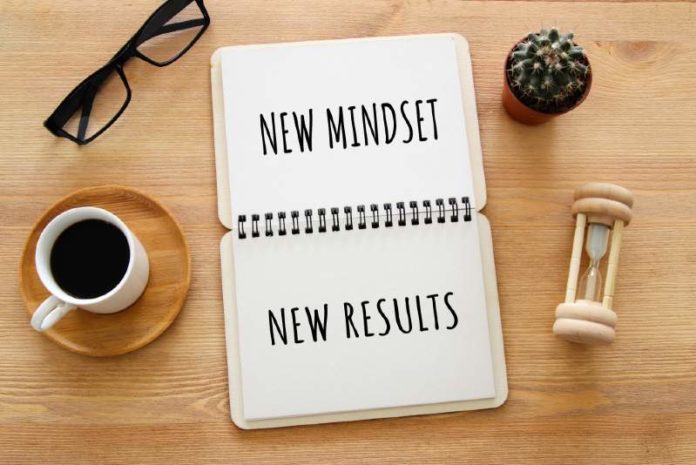“You are going to have to improve your time by 10 seconds to have a chance at a medal,” I said looking at my daughter. “You can’t look at it that way,” my teenager excitedly exclaimed, shaking her head vigorously. We were both poring over the regatta results from the prior year for the very same event she was scheduled to participate in the next day. My daughter is on her high school rowing team and is the coxswain, or cox, for her Varsity Men’s lightweight eight-person boat. “There are so many things that could be different this time around,” she said. “The wind could be working against us, the waters may be more choppy, and for sure our competition will be different.” She was right.
As I recall this conversation leading up to this particular race, I see parallels to the situation that businesses are facing today. Go-to-market teams have always looked at their deal history, both wins and losses, to help them better understand how to approach new opportunities successfully. What were the positioning and messaging that best resonated with buyers? Which marketing channels contributed most to MQLs? What were the most prevalent use cases? Although a necessary exercise, this approach alone is not going to garner results in today’s environment. Success is going to look very different. As my daughter astutely pointed out about her upcoming race — there are so many things that will be different next time. And that’s probably an understatement as we consider the tumultuous state of business today, fully entrenched in the midst of a global pandemic that has upended life as we know it.
Strong fundamentals make it easier to adapt
Through my daughter I have a better understanding of the deliberate, structured methodology that her coach uses to prepare her boat for every race. The focus is to: build fundamentals and learn to “adapt and execute”. Most of the time fundamentals involve technical drills that are done on land, on an erg or rowing machine, and may be characterized as solitary, grueling, and repetitive. The goals are to increase speed, improve technical accuracy, and ultimately build muscle memory. On the other hand, water practices are intended to help the unified team learn to execute well across as many varied conditions as possible. One of the most important roles of the cox, who has the only non-rowing position, is to steer the boat, which is largely unscripted and requires real-time course correction based on actual race conditions. Ultimately, it is confidence in their technical fundamentals that allows the boat to readily adapt to the unique conditions of every race and execute well.
Many businesses are finding that their go-to-market teams have built strong fundamentals but what may be lacking, or at least less honed, is the ability to nimbly “adapt and execute” in response to changing conditions. And as the current business landscape looms ahead a hazy, uncharted path, the prospect of numerous course corrections is daunting for even the most seasoned leader. However, the alternative of conducting business as usual is simply not a viable option.
A changing work environment will inevitably disrupt how we sell
Remote work is undoubtedly affecting business-to-business (B2B) sellers, who have typically relied on in-person interactions to connect with buyers. What’s become apparent is that the basic human need to engage with buyers still exists. Physical distancing is a necessity but social interactions are still vital in both personal and professional lives. Although the need to engage with others is still an imperative, the way one achieves these necessary connections has to adapt. This unprecedented time has accelerated digital transformation. Just as friends and families are turning to virtual meeting technology to connect socially, sellers are exploring new ways to engage with buyers through digital interactions. Delivering personalized content that addresses a buyer’s pain point or challenge is more critical than ever because the digital medium is often the only option for engagement. Advanced marketing and sales enablement platforms are empowering go-to-market teams to facilitate the activation, discovery, and delivery of relevant digital content optimized with updated messaging to reflect the realities of the current business climate.
If history is any indication, at some point after periods of disruption, lives tend to go back to normal. However, “normal” in the business context is likely to look very different in the post-pandemic world. And it’s quite likely that many of us will have to redefine “normal” multiple times in our careers. Companies that will persevere and succeed will be the ones that go beyond the fundamentals and enable, even encourage, their go-to-market teams to embrace an “adapt and execute” mindset to respond to changes in the marketplace. Companies will also need to adopt new technologies that allow them to execute new strategies and implement best practices to connect virtually with their buyers regardless of what the evolving business climate brings.
As it turned out, my daughter’s race the next day was quite different than the same event just a year earlier. The water was unusually choppy, and her boat faced some serious headwinds. The good news was that the rest of their competition faced the same challenges. Ultimately, it was her team’s investment in strong fundamentals combined with extensive experience executing race plans in varied conditions that contributed to their strong finish. Companies that encourage their go-to-market teams to change course AND embrace an “adapt and execute” mindset will also be well positioned to tackle whatever challenges lie ahead in these uncertain times.
Rekha Thomas is the Sr. Director of Content Strategy at Seismic.
Mindset stock photo by tomertu/Shutterstock







